A press freedom group reported that at least four major news organizations are equipping their crews with body armor used in war zones to cover next week’s Republican National Convention.
The Committee to Protect Journalists issued advice to reporters and photojournalists covering both conventions, cautioning that unrest not seen since Chicago 1968 is possible.
Frank Smyth, CPJ’s senior advisor for journalist security, also runs the firm Global Journalist Security, which has been offering a two-day Hostile Environments & Emergency First-Aid–Civil Unrest class geared toward convention coverage.
Smyth wrote in a CPJ blog post that “based on the physical altercations and violent rhetoric reported on the campaign trail,” the RNC “is expected to draw the most unrest,” though unrest is also expected at the Democratic National Convention the following week in Philadelphia. He noted that Ohio is an open-carry and concealed-carry state while Philly bans guns within city limits.
He advised journalists to practice situational awareness and work in teams for greater safety — “put aside competitive pressure and form teams of journalists to look out for each other.”
“Have one person in every group tasked with primarily maintaining an eye on the perimeter and for unexpected movement or action from within or near the crowd.”
Journalists should study entry and exit routes of the area beforehand and always carry their press credentials.
Reporters also need to maintain neutrality, Smyth stresses.
“Acting like a journalist is important to signal that you are there to observe, not participate. Much like a referee on a soccer field, get close enough to the action to observe it, but avoid putting yourself in the field of play or between clashing participants,” he advised. “Attendees and protesters, both inside and outside the venues, may attempt to harass, intimidate, accost or even attack the press. Journalists must maintain their demeanor and practice awareness, avoidance, and escape techniques, rather than engaging with anyone in a verbal or hostile physical exchange. (If you do engage, you risk the encounter ending up on YouTube or cable news.)”
Smyth said he would recommend that journalists bring gas masks to guard against the effects of pepper spray and tear gas, but Cleveland banned them from being allowed in the event zone. No exceptions have been made for journalists.
“In the wake of the Dallas, Texas, attacks at a protest on July 7, journalists from at least four major news organizations have told CPJ that news teams headed to the Cleveland conference will be provided with body armor designed for use in conflict zones,” he continued. “Others covering the conferences should consider whether they also want body armor–and at what level of protection.”
The National Press Photographers Association advises journalists covering “high-conflict” news stories like protests to carry “government-issued photo I.D. (i.e. valid driver’s license), press credential(s) or press identification card(s) (if you have any), credit card(s) and some cash (in case you need to post bond).”
“Not only is it important to be aware of what the police are doing but also others around you such as demonstrators. Journalists have been attacked by those who did not want to be photographed or just did not like the main stream media. You should always try to keep an eye on those who might wish to cause you harm,” NPPA’s guidelines advise. “…There is some debate about wearing vests or hats with PRESS written in large type. On one hand it leaves no doubt about your purpose but on the other may make you a target.”

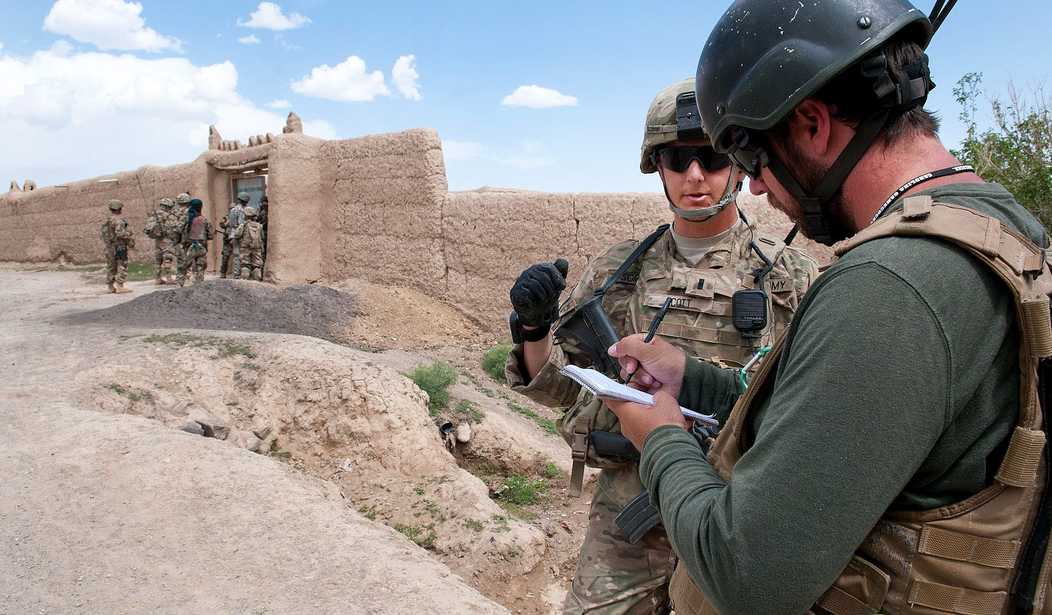
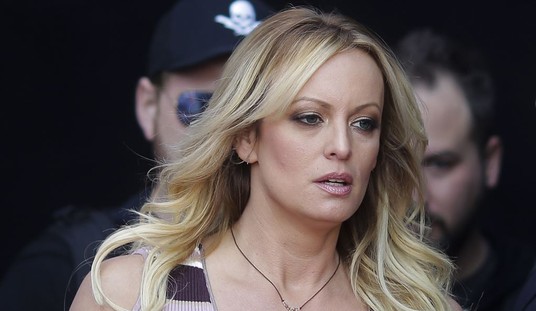

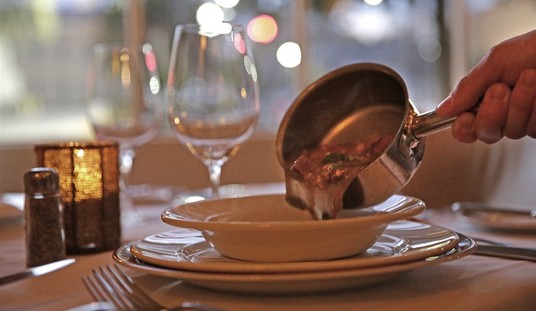
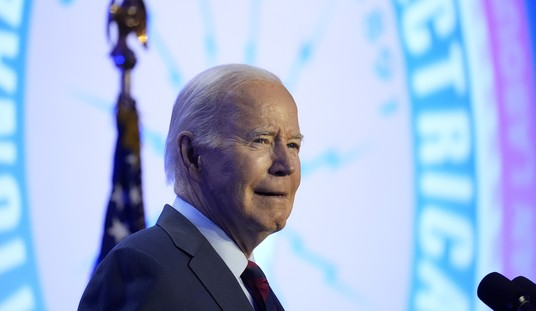

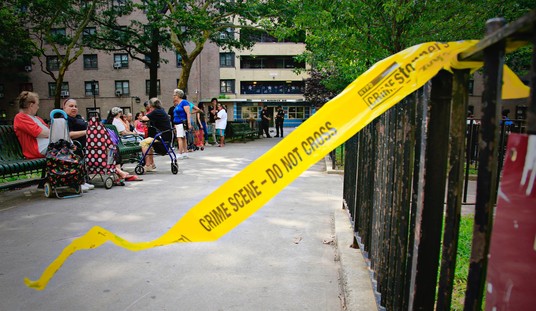
Join the conversation as a VIP Member